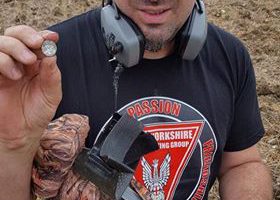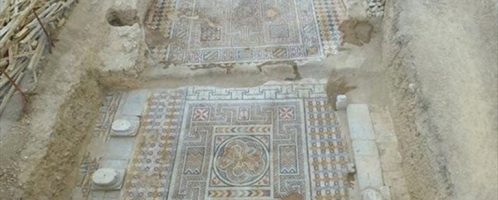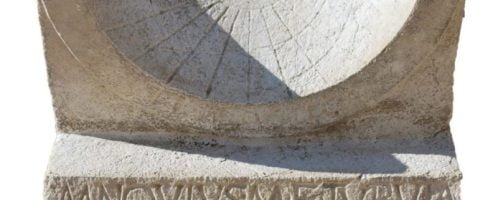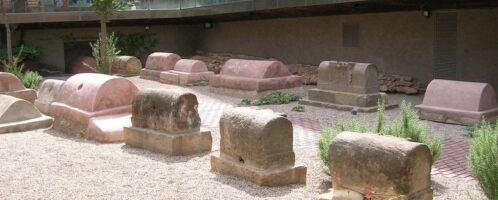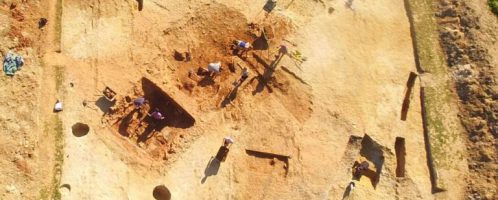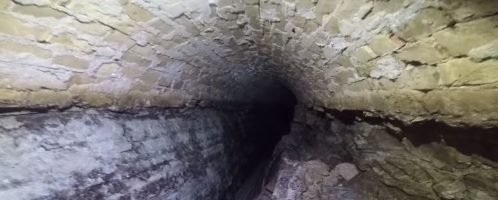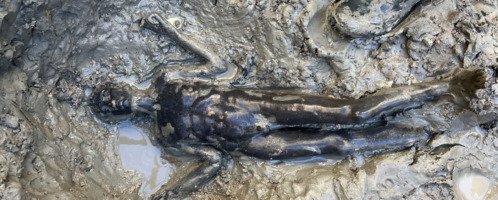Interesting discovery of Pole in England
IMPERIUM ROMANUM has received information about an interesting discovery in England. The discoverer is Mr Mariusz Jażdżyk, vice-leader of the Team of Yorkshire MDG Club. This is undoubtedly a great success of Polish exploration in Great Britain.

